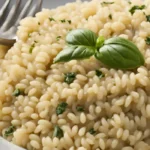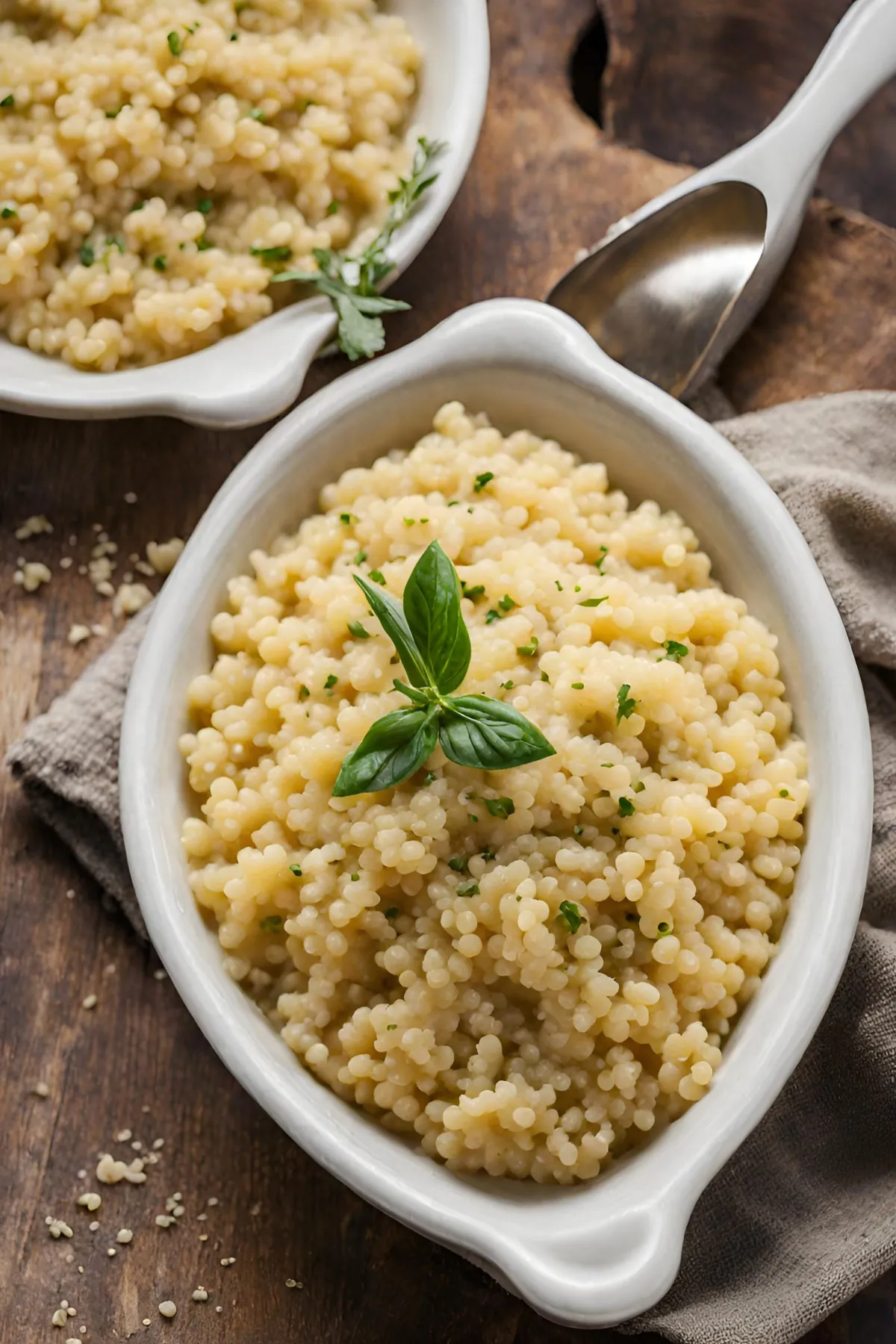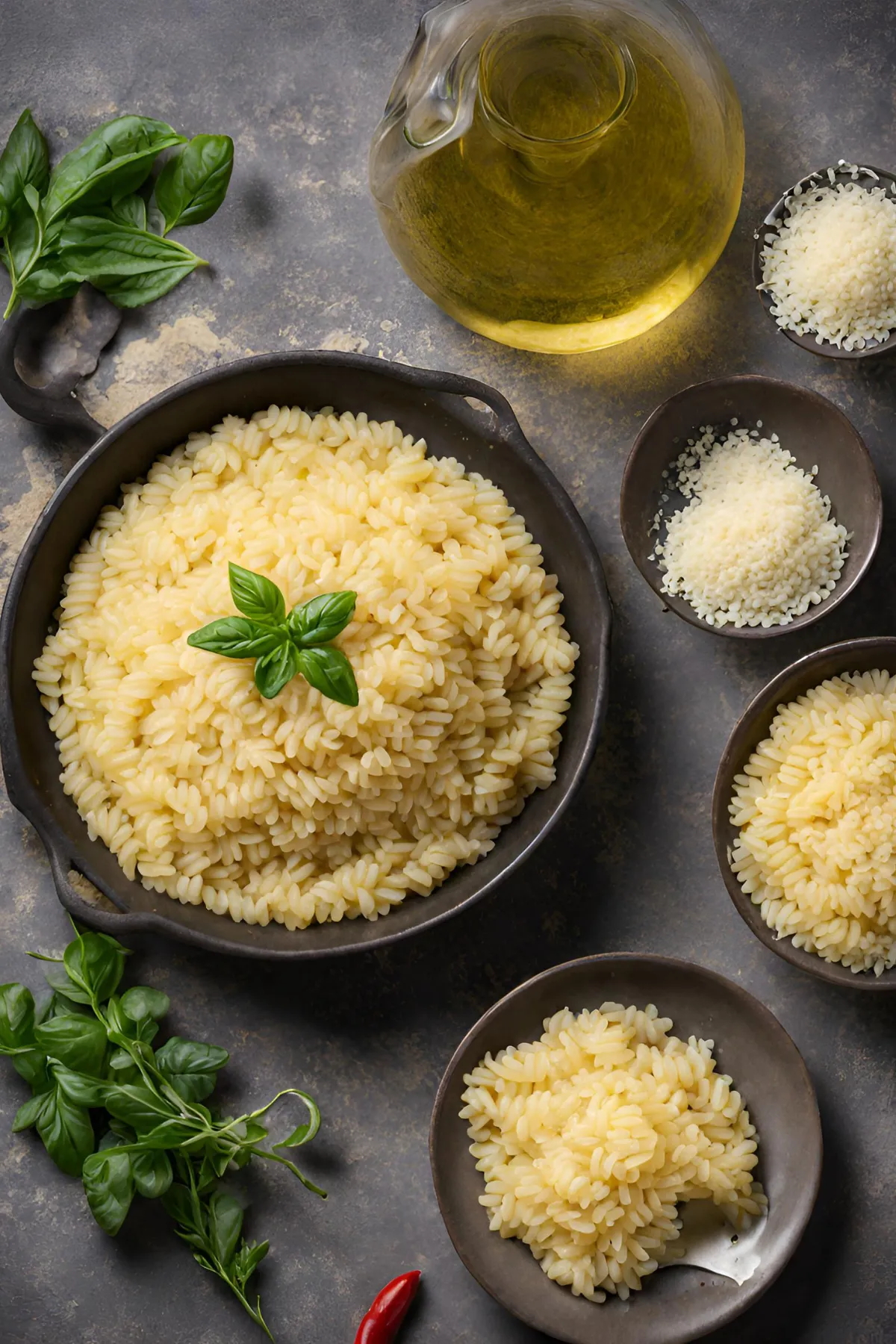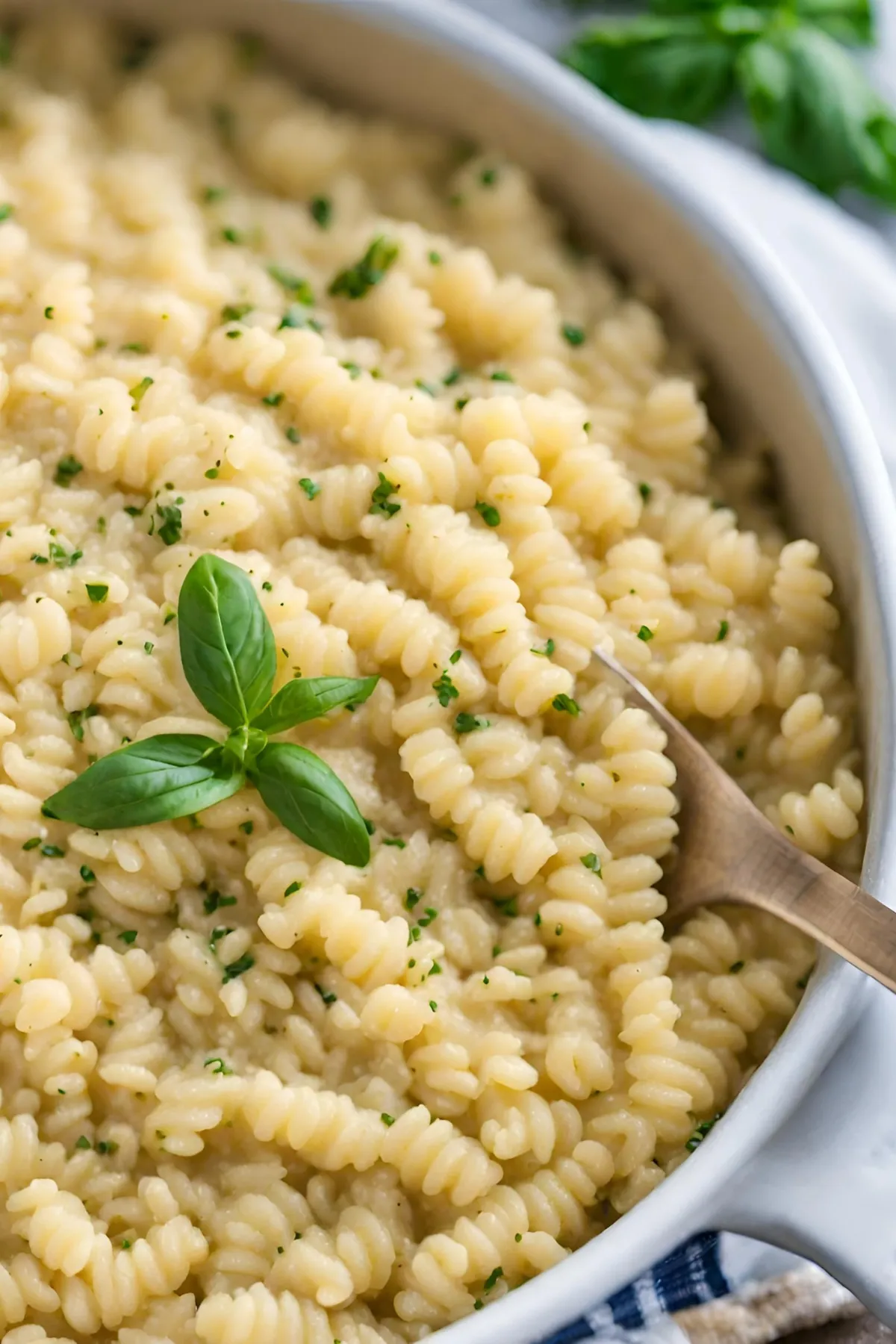Classic Italian Pastina Recipe: A Comforting Tradition
Italian cuisine is renowned for its simplicity, flavor, and comforting qualities. Among the myriad of dishes that have captured the hearts of both Italians and food lovers worldwide, pastina stands out for its simplicity and comforting essence. This article explores the classic Italian pastina recipe, offering insights into its preparation, variations, and the warmth it brings to the dining table.
Introduction to Italian Pastina
Pastina, meaning "little pasta," is a staple in Italian households, often introduced to Italians from a very young age. It is not only a dish but a comforting memory, a tradition passed down through generations. The dish's simplicity, requiring minimal ingredients, belies the profound comfort it provides, especially during colder months or on under-the-weather days.
What is Pastina?
Pastina refers to the smallest form of pasta available, with shapes ranging from tiny stars to little rice grains. While many varieties exist, such as acini di pepe, the classic pastina resembles tiny stars, bringing a playful element to the dish. Its versatility makes it a perfect ingredient for soups, like the Creamy Italian Wedding Soup with Turkey Meatballs, enhancing the soup's texture and taste.
Importance of Pastina in Italian Cuisine
In Italian culture, pastina is more than just food; it is a comfort dish that embodies the warmth and care of home cooking. It is often one of the first solid foods Italian children eat, making it a nostalgic dish for many. Moreover, its ease of preparation and versatility have cemented its status as a go-to meal for quick, comforting dishes.
Classic Italian Pastina Recipe: A Comforting, Quick Meal
Ingredients:
- Pastina pasta
- Broth (chicken or vegetable) or water
- Butter (salted or unsalted)
- Milk (warm)
- Optional: Grated Parmesan or Pecorino Romano cheese, salt, and pepper to taste
Step-by-Step Cooking Method:
- Boil the Broth/Water: Begin by heating a small saucepan over medium heat. Pour in your choice of broth or water and bring it to a boil. This step infuses the base of your pastina with flavor, especially if you're using a rich, homemade, or store-bought broth.
- Cook the Pastina: Add the pastina pasta to the boiling liquid, stirring occasionally to prevent sticking. Cook for about 4-5 minutes, or until the pastina has absorbed most of the liquid and is tender. This quick cooking time makes pastina an ideal choice for a fast and satisfying meal.
- Add Butter and Milk: Once the pastina is cooked, remove the saucepan from the heat. Stir in the butter until it melts, then add the warmed milk. Combine these ingredients until the pastina mixture becomes creamy and comforting. The butter and milk add a rich, smooth texture that defines the dish.
- Season to Taste: For those who enjoy a bit of customization, now is the time to add salt, pepper, and grated cheese to your liking. The optional grated Parmesan or Pecorino Romano cheese enriches the pastina with a savory depth, while salt and pepper elevate the flavors.
Nutritional Information (per serving, without optional ingredients):
- Calories: Approximately 200 kcal
- Protein: 6 g
- Carbohydrates: 30 g
- Fat: 7 g
- Sodium: Varies based on the choice of broth or added salt
This Classic Italian Pastina recipe offers a comforting, quick, and delicious meal that's perfect for any occasion, whether you're seeking comfort food, a light meal, or introducing solid foods to a toddler. Its simplicity, combined with the richness of butter and milk, makes it a versatile dish that can be enjoyed as is or customized with various add-ins to suit your taste.
Serving Suggestions and Tips for Classic Italian Pastina
Serving Suggestions:
The versatility of Italian Pastina allows it to shine both as a standalone dish and as a complementary side. Here are some ways to enjoy this comforting classic:
- On Its Own: Enjoy a warm bowl of creamy pastina as a comforting meal, perfect for chilly evenings or when you're in need of a gentle, soothing dish.
- As a Side Dish: Pastina pairs beautifully with a variety of main courses. Its subtle flavors complement more robust dishes without overwhelming them.
- With Smoked Sausage Fra Diavolo: For those seeking a meal with a bit more complexity and zest, pair pastina with Smoked Sausage Fra Diavolo. The creamy, mild taste of pastina offers a delightful contrast to the spicy and smoky flavors of the sausage, creating a harmonious balance that's sure to please the palate.
Recipe Notes and Tips:
- Flavor Depth: Opting for broth over water can significantly enhance the flavor profile of your pastina. Chicken, beef, or vegetable broth adds a rich depth that water alone cannot achieve.
- Scalability: Whether you're cooking for one or preparing a meal for a family gathering, this pastina recipe can be easily adjusted to accommodate any number of servings. Simply increase the quantities of ingredients proportionally to ensure a consistent taste and texture.
- Thickening: After cooking, allow the pastina to rest for a few minutes off the heat. This resting period lets the pastina absorb any remaining liquid, resulting in a perfectly creamy texture. It's a simple step that makes a big difference in the final dish.
By following these serving suggestions and tips, you can elevate your Classic Italian Pastina from a simple dish to an unforgettable meal. Whether served as a comforting solo dish or as part of a more elaborate dining experience, pastina's timeless appeal and adaptability make it a favorite for all occasions.
FAQs
- Can Pastina be Made in Advance? Yes, though it's best enjoyed fresh, pastina can be refrigerated and reheated, adding a little broth or water to restore its creaminess.
- Is Pastina Gluten-Free? Traditional pastina is made from wheat, but gluten-free versions are available.
- What Are Some Common Variations of Pastina? Variations include adding vegetables, protein like chicken or egg, or using different types of broth for flavor.
- Can I Add Protein to Pastina? Absolutely. Adding cooked chicken, turkey, or even an egg can turn pastina into a more filling meal.
Health Benefits of Pastina
Pastina, a staple in Italian cuisine, is more than just a comforting dish; it's a versatile food that can be enhanced to become a nutritious meal option for people of all ages. Here are some of the key health benefits of incorporating pastina into your diet:
- Nutritious Additions: By adding broth, vegetables, or lean proteins to pastina, you can create a well-rounded meal that provides essential nutrients. Broth, especially homemade, can offer vitamins and minerals, while vegetables increase fiber intake and proteins add to the dish's overall nutritional value.
- Easy Digestibility: The small size of pastina makes it exceptionally easy to digest, making it an ideal food choice for young children who are transitioning to solid foods, the elderly, or anyone with digestive sensitivities. Its gentle texture and simplicity can also be soothing for those feeling unwell.
- Customizable for Dietary Needs: Pastina can be adapted to fit various dietary requirements. For instance, using gluten-free pastina caters to those with gluten intolerances or celiac disease, and the choice of broth and add-ins can adjust the dish to be vegetarian or vegan-friendly.
Homemade Pastina vs. Store-Bought
Choosing between homemade pastina and store-bought versions comes down to preferences for convenience versus customization. Here are some considerations to help you decide:
- Customization: Preparing pastina at home allows for complete control over the ingredients and their quality. This means you can adjust the dish to suit taste preferences, dietary restrictions, and nutritional goals. Homemade pastina also provides the opportunity to infuse the dish with personal touches, enhancing the flavor and nutritional content with your choice of broth, vegetables, and proteins.
- Convenience: Store-bought pastina is undeniably convenient, offering a quick and easy base for meals without the need for preparation. However, this convenience may come at the cost of flavor and the potential for added preservatives or higher sodium content in some pre-packaged options.
- Quality and Taste: Homemade pastina typically surpasses store-bought in terms of freshness and taste. The ability to use homemade or high-quality broth and fresh ingredients can significantly elevate the overall flavor profile of the dish, providing a comforting and wholesome meal that's hard to replicate with off-the-shelf products.
In summary, while store-bought pastina offers quick convenience, making pastina at home allows for a richer, more personalized culinary experience. By choosing to prepare pastina from scratch, you can enjoy a dish that not only comforts but also nourishes, making it a perfect meal for any occasion.
Creative Ways to Upgrade Your Pastina
- Add a drizzle of olive oil and a sprinkle of fresh herbs for a simple yet flavorful upgrade.
- Incorporate vegetables like spinach or tomatoes for added nutrition.
- For a creamy version, stir in a dollop of ricotta or cream cheese.
Pastina for Every Occasion
Whether you're looking for a comforting meal on a cold day, a light and easy dish for a quick lunch, or a nostalgic taste of childhood, pastina offers versatility and warmth in every spoonful. Its enduring popularity in Italian cuisine is a testament to its timeless appeal and the comfort it brings to tables around the world.
You can read these articles too
Homemade Yeast Cinnamon Rolls Recipe
Easy Banana Pancakes for Babies Recipe
Italian Grandma Chicken Cutlet Recipe
Print
Italian Pastina Recipe
- Total Time: 10 minutes
- Yield: 2 servings
Description
This classic Italian Pastina recipe brings the comforting warmth of Italy's home cooking to your table. Perfect for a quick, nourishing meal, it combines the simplest ingredients into a dish loved by both adults and children. Whether you're seeking comfort or need a quick meal solution, this pastina recipe is your go-to choice.
Ingredients
- ½ cup Pastina pasta
- 2 cups chicken or vegetable broth (or water)
- 1 tablespoon butter
- ¼ cup milk
- Salt and pepper to taste
- Grated Parmesan or Pecorino Romano cheese (optional)
Instructions
- In a medium saucepan, bring the broth to a boil.
- Add the pastina, stirring occasionally, and cook until the pasta is tender and most of the liquid has been absorbed, about 5 minutes.
- Remove from heat, stir in the butter and milk until well combined and creamy.
- Season with salt and pepper to taste.
- Serve hot, garnished with grated cheese if desired.
Notes
- For a richer taste, use broth instead of water.
- Adjust the creaminess with more or less milk and butter according to preference.
- This recipe is easily doubled or tripled for larger servings.
- Prep Time: 5 minutes
- Cook Time: 5 minutes
- Category: Main Course/Side Dish
- Method: Boiling
- Cuisine: Italian
Nutrition
- Serving Size: per serving
- Calories: 200 kcal
- Sugar: 3 g
- Sodium: 950 mg (depends on the broth used)
- Fat: 7 g
- Saturated Fat: 4 g
- Carbohydrates: 30 g
- Fiber: 1 g
- Protein: 4 g
- Cholesterol: 15 mg







